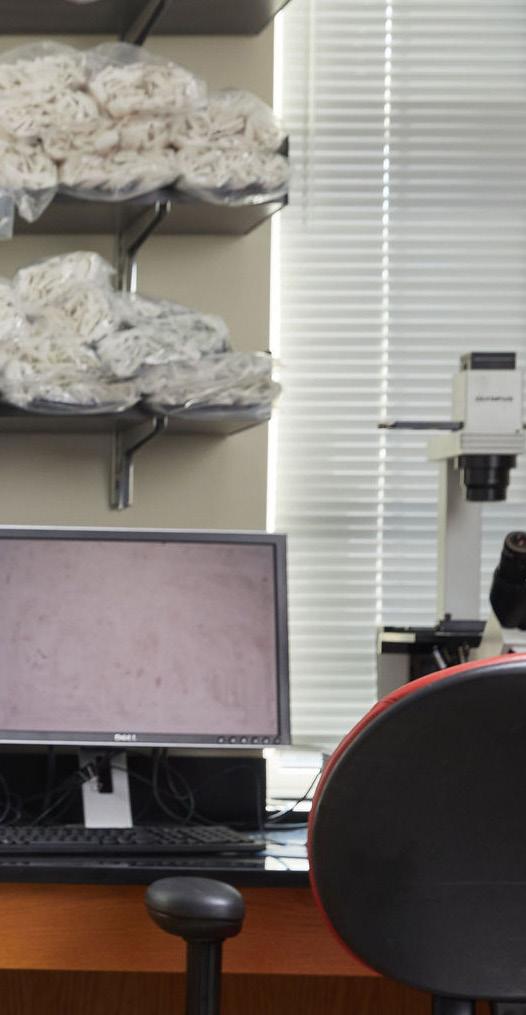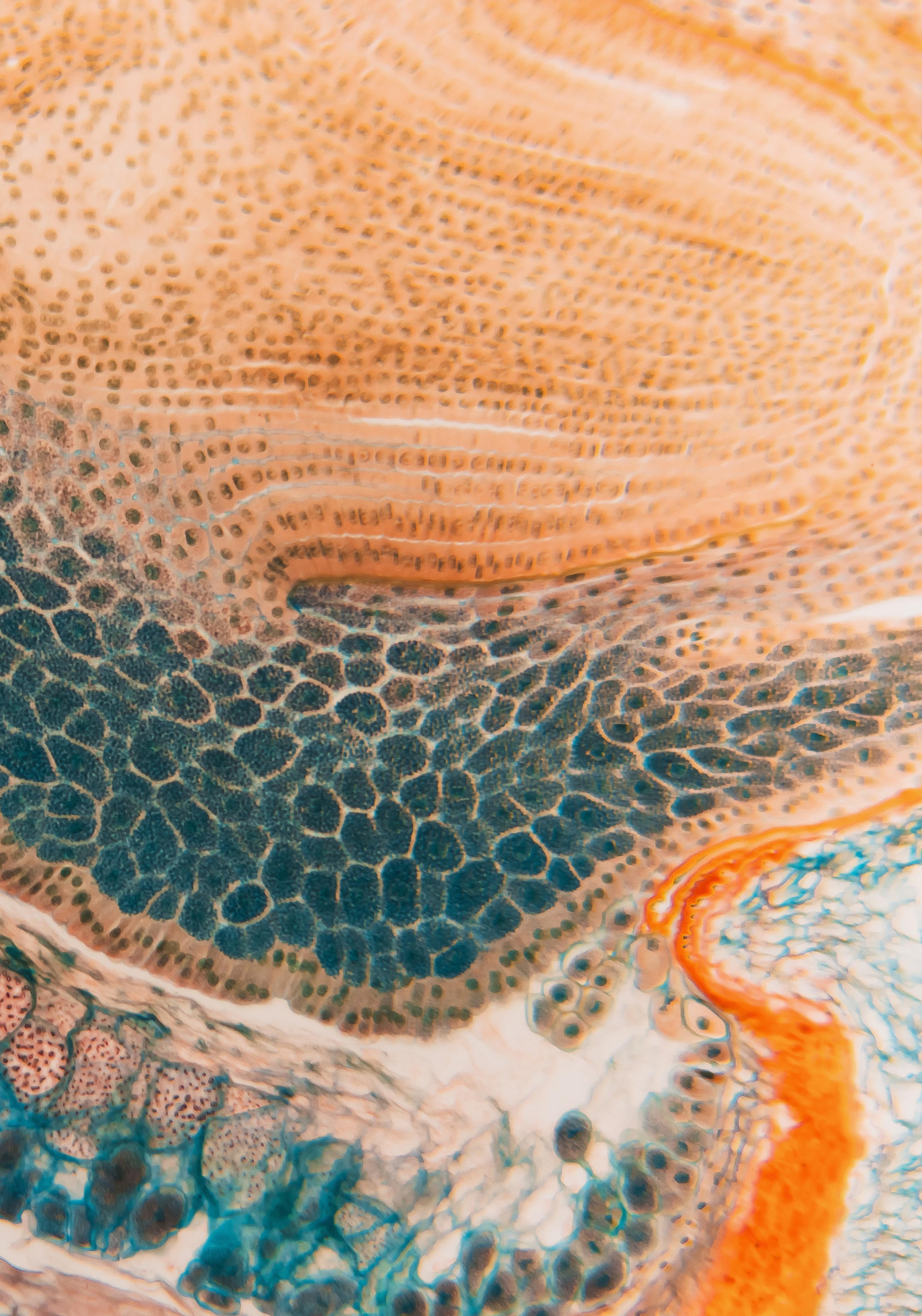
2 minute read
Creating a Vascular Graft in One-Week or Less

Researchers may be closer to improving the lives of people with coronary artery disease (CAD) and children born with pediatric congenital cardiovascular defects (CCD) through the development of a new vascular graft that takes less than one week to make and has regenerative properties.
Advertisement
CAD is the leading cause of death worldwide and people with the disease often require surgery to repair damaged cardiovascular tissue. CCD occurs in 1% of live births worldwide, and those with the condition often undergo repeated surgical reconstruction as they grow.
To improve surgical practices and reduce the number of surgeries a person with CAD or CCD may need, a vascular graft that encourages new tissue formation with better mechanical properties that mimic natural arteries is needed. Sharon Gerecht, director of the INBT, and Morgan Elliott, a doctoral candidate, led a team of scientists in creating a natural graft that takes less than one week to prepare, dissolves as healthy tissue
grows in its place, and can withstand the repetitive contraction and relaxation cycle a beating hearts puts on arteries and veins.

“Our goal was to combine our patented electrospinning technology and stem cells to create a novel vascular graft that decreases fabrication time significantly, even more than grafts moving through clinical trials, while also decreasing clotting and enhancing tissue regeneration,” says Elliott.
The electrospinning process produces thin fiber threads by applying an electrical charge and mechanical pulling to the fibrin polymer. The team chose fibrin for their graft because it is a natural polymer made by the body that prevents blood clotting, encourages new tissue formation, and increases elastin production. Elastin is a protein that helps tissues retain its shape after stretching. The sheets are then rolled in an alternating pattern to create a hollow tube, which is dehydrated and stored for later use.
Once rehydrated, the graft’s exterior is reinforced with a poly(ε-caprolactone), or PCL, sheath. For emergency needs, grafts can be implanted immediately after rehydration. For patients with chronic vascular disease who know they will eventually need surgery, their stem cells can be collected and embedded on the graft before implantation.
The team created small vascular grafts 0.6 mm in diameter and 3–5 mm long with and without stem cells. After six months, both graft types showed no evidence of clotting, new tissue formed from inside the graft outward, and the grafts were able to maintain mechanical properties similar to healthy vasculature. The grafts encouraged elastin production, which has typically been a challenge in the field. It was also found that the graft mediated regeneration and the stem cells enhanced the regeneration process.

The positive results show that their graft technology has clinical and commercial potential. The team plans to assess the graft’s shelf life and test a larger diameter graft.
Gerecht and Elliott say that this research is the result of scientists from five labs bringing together their expertise in stem cell engineering, biomaterials, surgery, vascular mechanics, and vascular disease.
“We are committed to further developing our small-diameter vascular graft platform technology to benefit patients,” Gerecht says.









